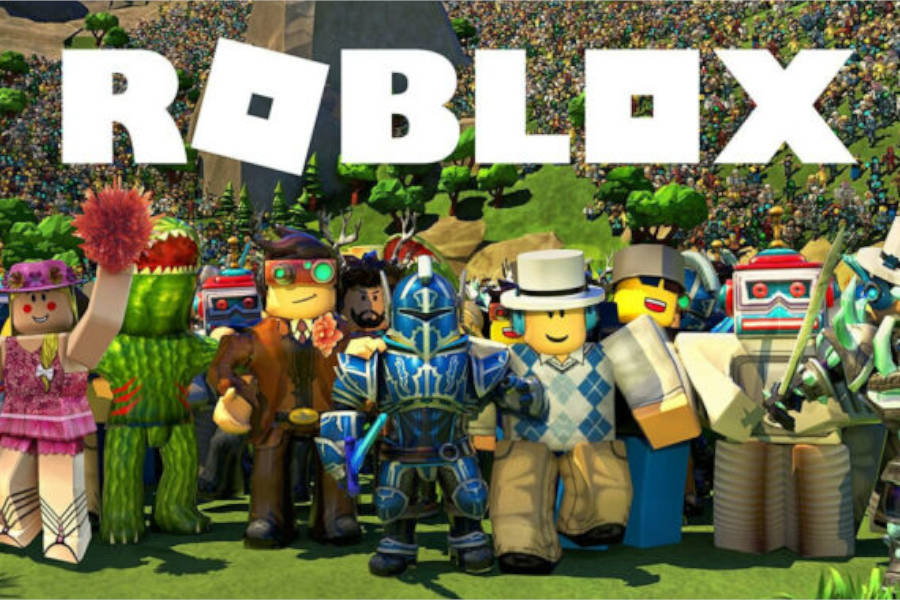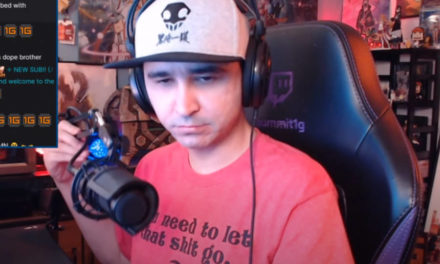Roblox Game – As the popularity of user-generated content grows, platforms are springing up to assist this new breed of creative.
Dedicated venues to serve this new sort of creator are emerging as the definition of user-generated content (UGC) increases.These young platforms are more than just locations to create and distribute user-generated content; they also incorporate aspects of talent management, venture capital, and marketing to help UGC creators make money.
If you type “UGC” into Google, you’ll get a list of every type of material created largely by people. YouTube videos and Twitch streaming are examples of user-generated content. Roblox and Minecraft players utilize the same in-game applications or mod packs. Creators of user-generated content (UGC) include writers, photographers, and cosplayers. Memes? These are also examples of UGC.
According to Shahar Sorek, CMO of UGC platform Overwolf, this wide canopy has many advantages.Overwolf notably supports in-game content developers — that is, content that overlays or exists fully within pre-existing titles, such as Roblox mini-games or Minecraft “modpacks” that users may download to improve their graphics or tools.“Once you have this large banner with the word ‘creator,’ it allows everyone to gather underneath,” Suffer explained.
Overwolf is one of a number of companies hoping to cash in on the surge of user-generated content. The firm announced a $50 million “Creator Fund” in August to help in-game content makers make money from their pastime.Overwolf’s financial assistance, as well as its marketing and distribution assistance, has assisted several participating game modification creators in turning their hobbies into profitable companies.
Infinite Canvas, which launched in August and has already distributed over $1 million to in-game UGC creators, is a similar platform that gives both monetary and logistical help to in-game UGC creators.To earn a return on their investment, both companies take a cut of their creators’ revenue from sales of and subscriptions to their content – in Overwolf’s case, the split is 75–25, with the creator getting the larger half.When we engage with a developer, we give them tools to make their game bigger, richer, and more marketable,” said Tal Shachar, CEO of Infinite Canvas. “And then we get a portion of the money when that game doubles, triples, or quadruples in revenue.”
The emergence of user-generated content (UGC) platforms isn’t confined to in-game content or the startup sector. EA announced the introduction of its Creator Network on September 7, a network that the game developer aims to use to better promote and provide possibilities for UGC producers in EA games.within the EA games In-game creators are included in EA’s definition of UGC, however its Creator Network reaches further than Overwolf or Infinite Canvas.EA CMO David Tinson said.
Although EA’s Creator Network does not provide direct support to its diverse group of creators, it does serve as a way for chances such as “Spark’d,” a 2020 reality show starring Sims YouTubers.The Creator Network, like the previous UGC sites, will offer linked creators assistance and logistical help.Tinson explained, “The Creator Network is about working directly with creators rather than through official talent management.” “It’s a collaboration built on mutual trust and honesty. We want to give them the tools they need to generate the content they want and to help them build their brands.”
Existing platforms for UGC creators, such as YouTube and Twitch, already exist to some level. After all, creators have long been able to monetize their work through subscriptions and ad money.However, just as Substack aims to let writers commercialize their work on their own, UGC platforms aim to provide artists with the tools they need to become businesses in their own right, not just freelancers. YouTubers and Twitch streamers rely on their platforms for revenue; Overwolf and Infinite Canvas, on the other hand, seek to become reliant on their creators.“When one of these platforms gets it right, it’ll have most of the capabilities you see on YouTube or Twitch,” said Doug Petkanics, CEO of Livepeer, a streaming infrastructure firm that aims to offer streamers more direct control over their material.“However, it will come with the superpower of being able to control your economic identity.”
With the term “influencer” being phased out in favor of “creator,”consumers and the brands that are attempting to reach out to them have drawn a line in the sand between UGC and more curated corporate material – according to TINT’s State of User-Generated Content 2021 Report, 93 percent of marketers believe that consumers trust UGC more than brand-created content.
Bill Gates famously remarked in 1996 that “content is king.” It might make sense to add the phrase “user-generated” at the beginning of that sentence in 2021.It’s only logical that specific platforms have emerged to assist users in creating sustainable content.







